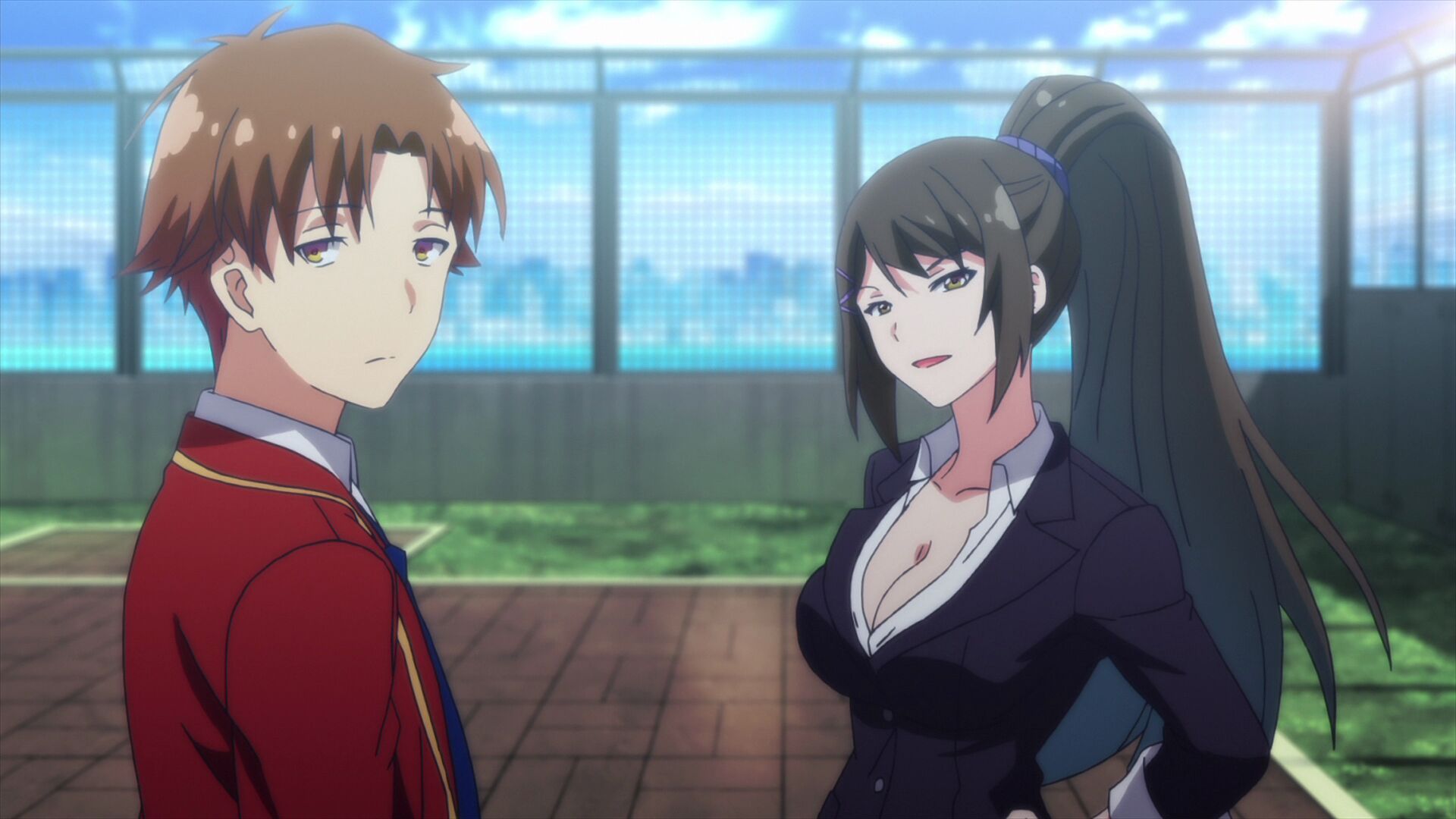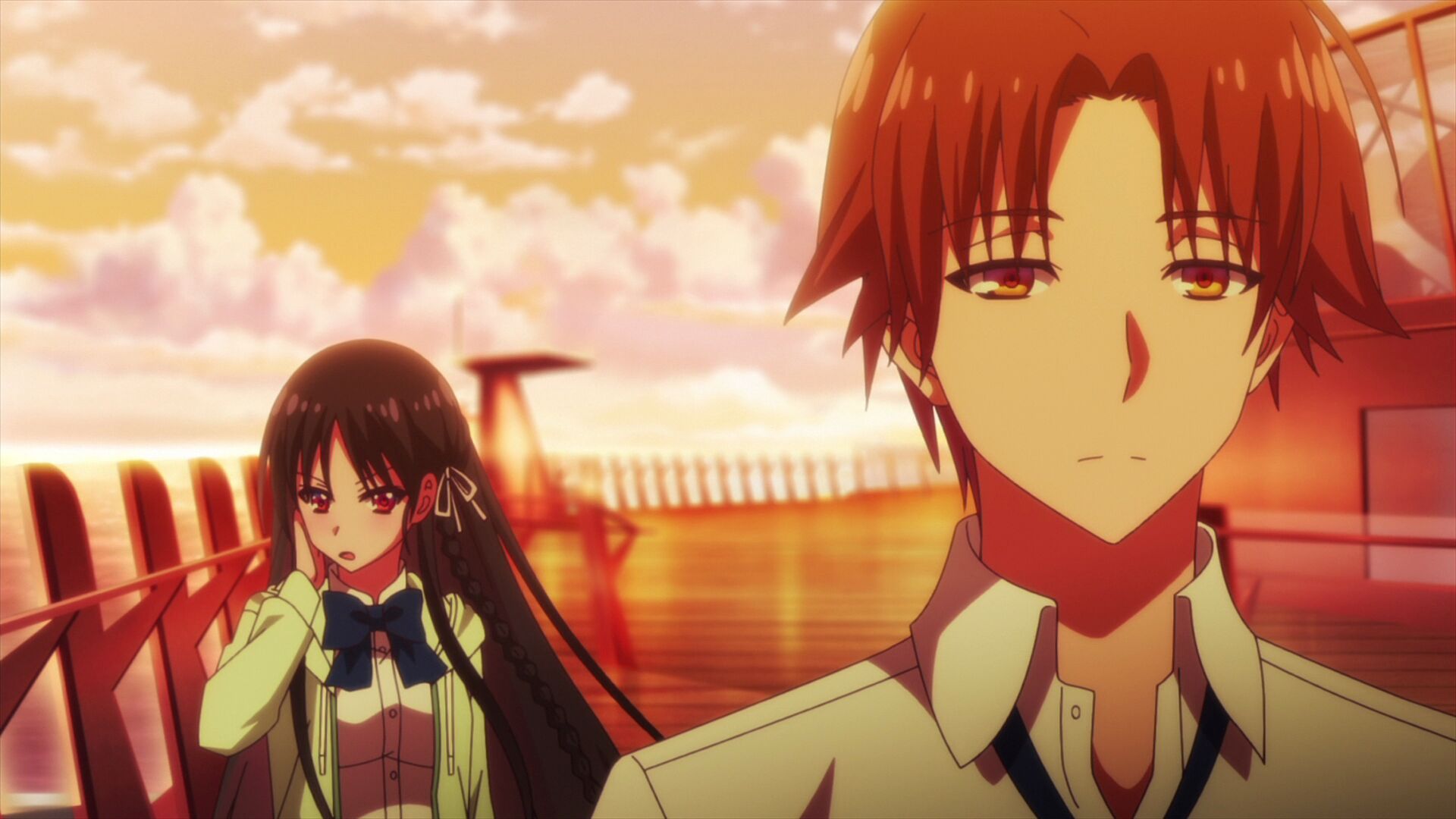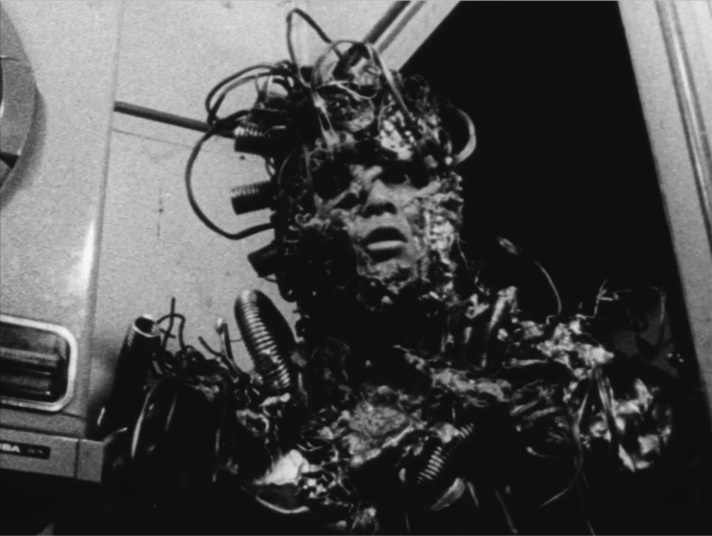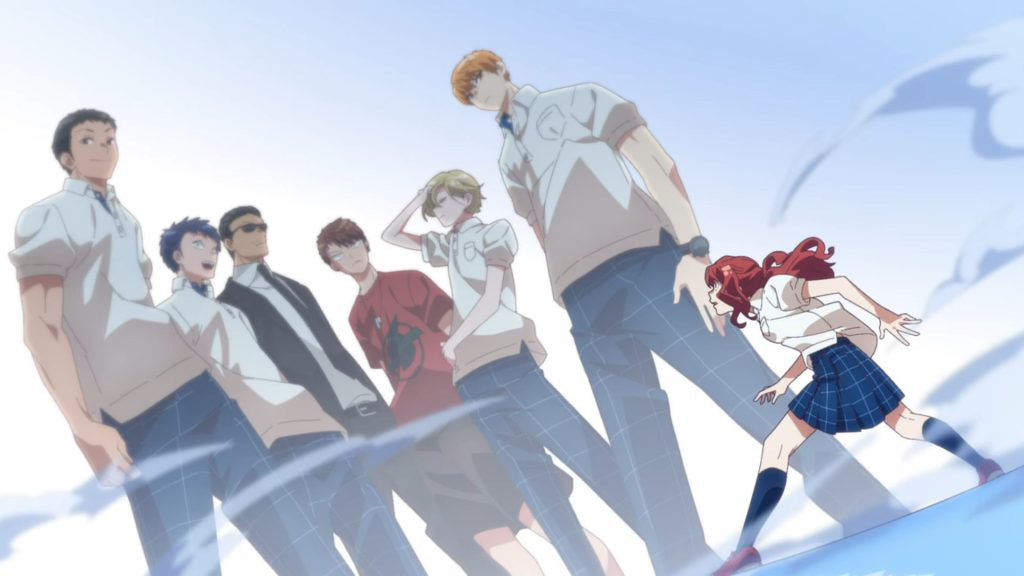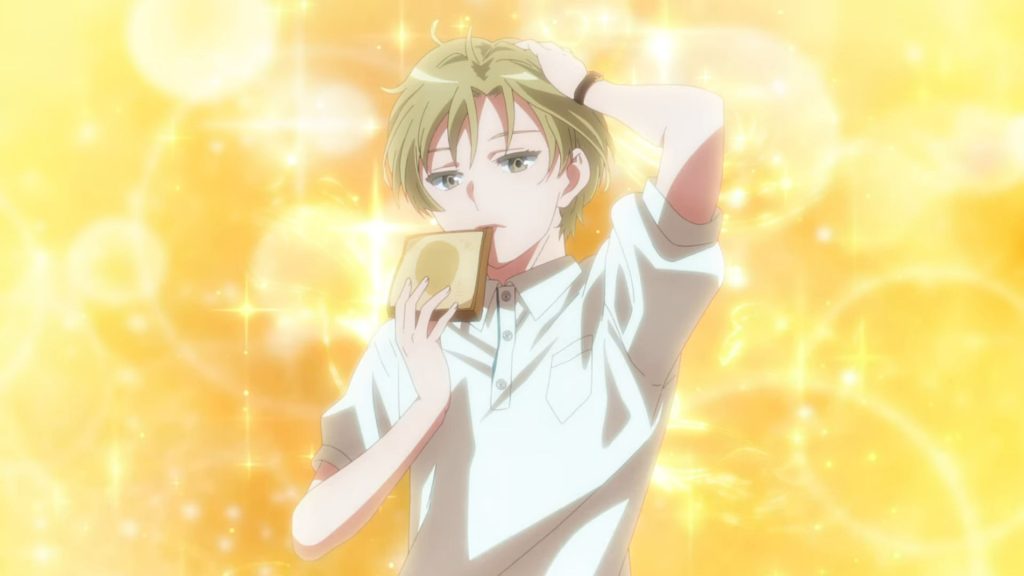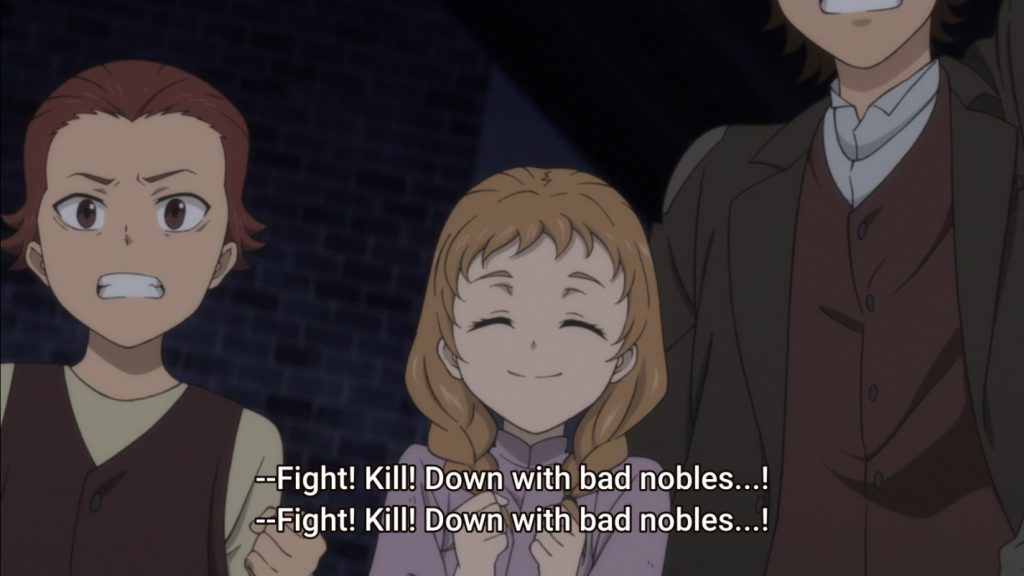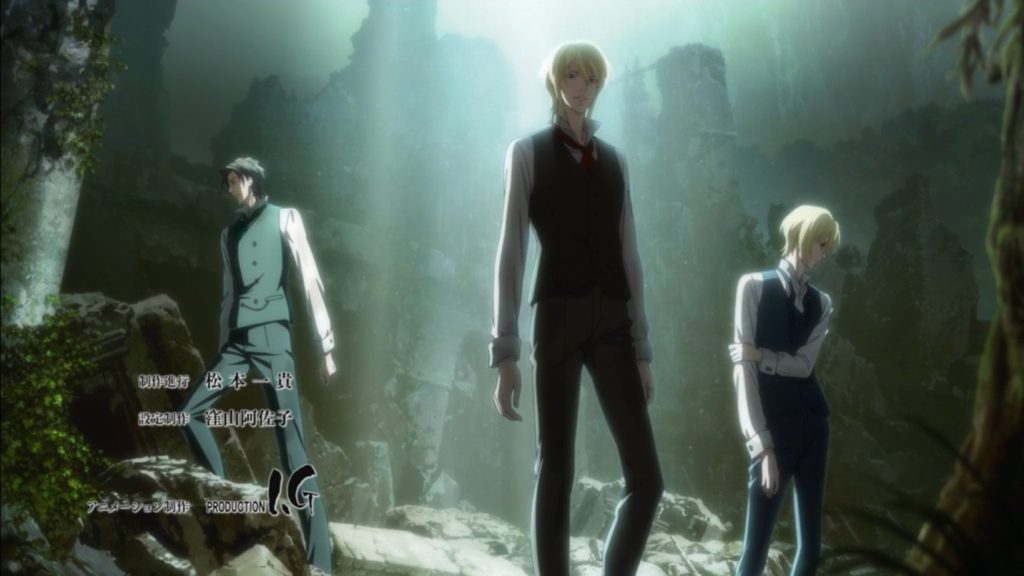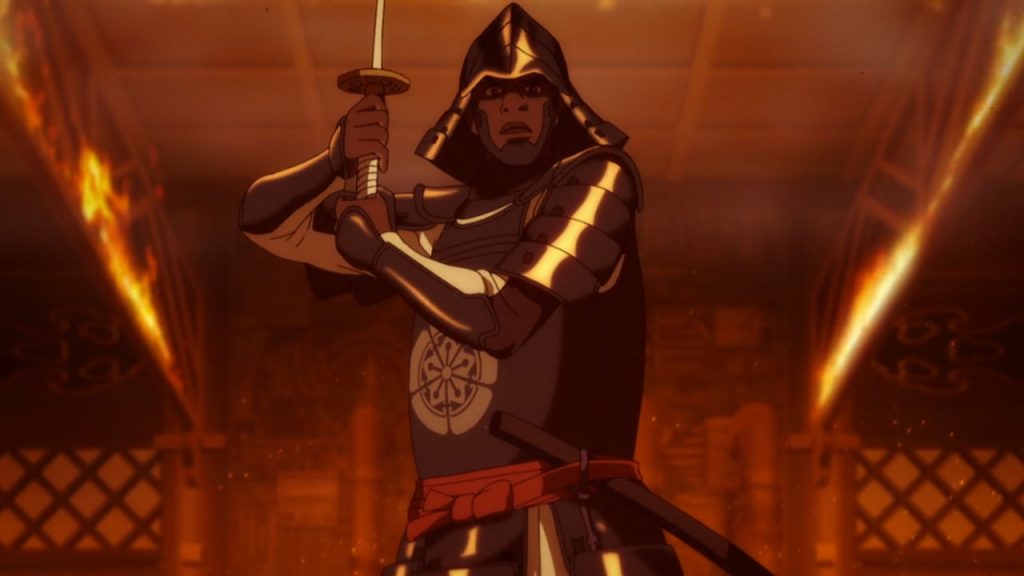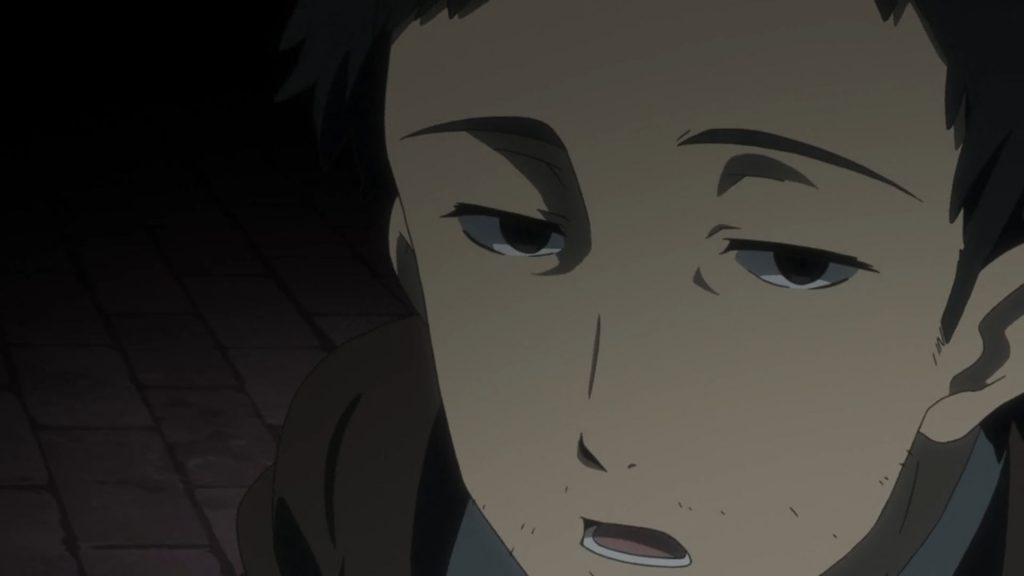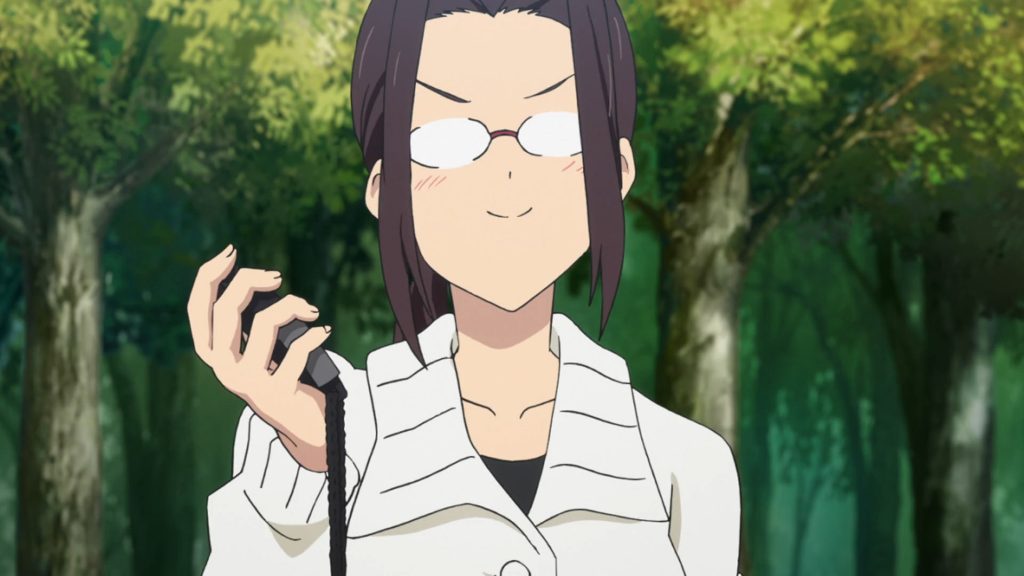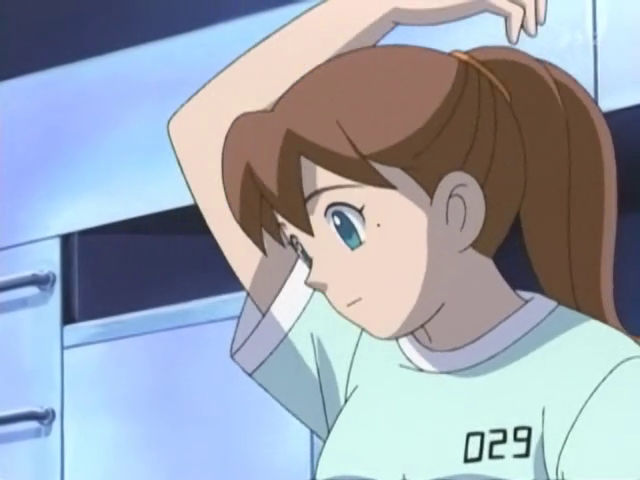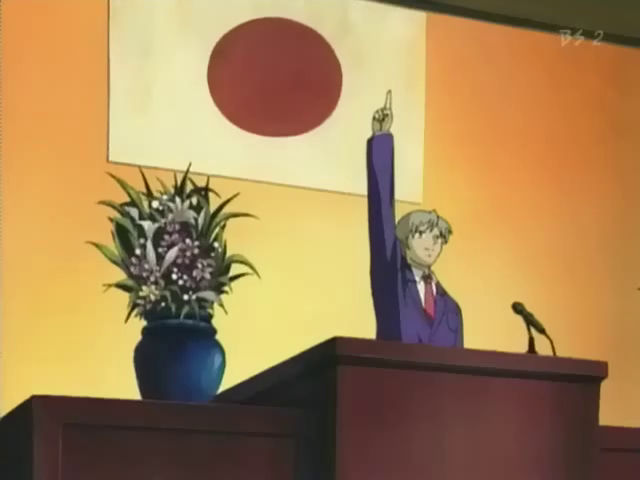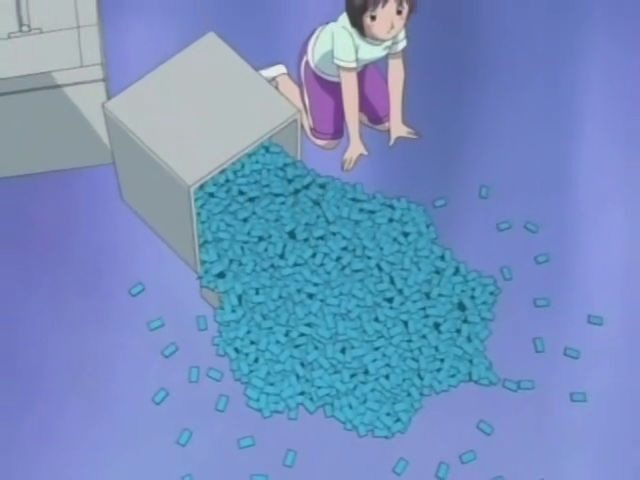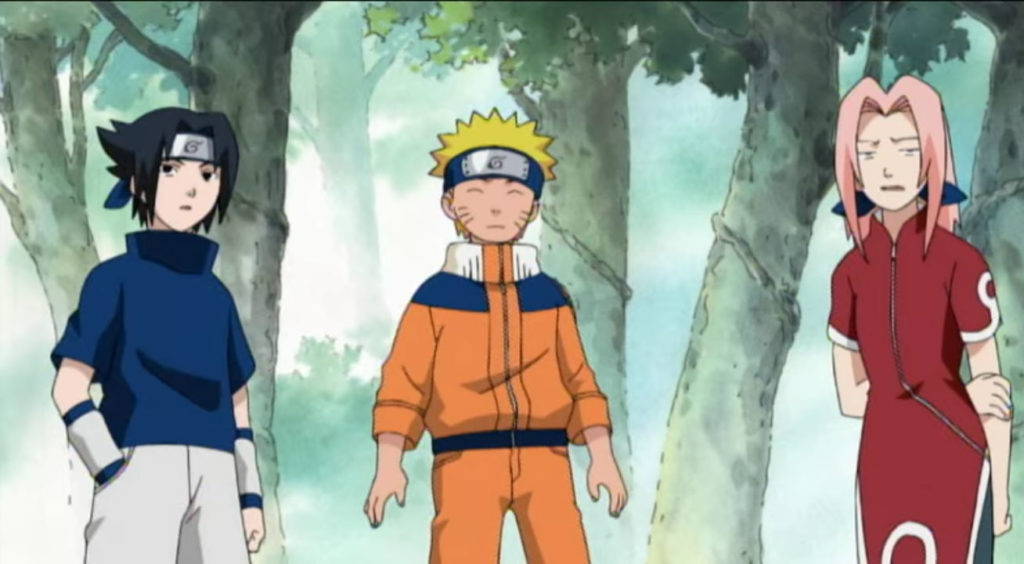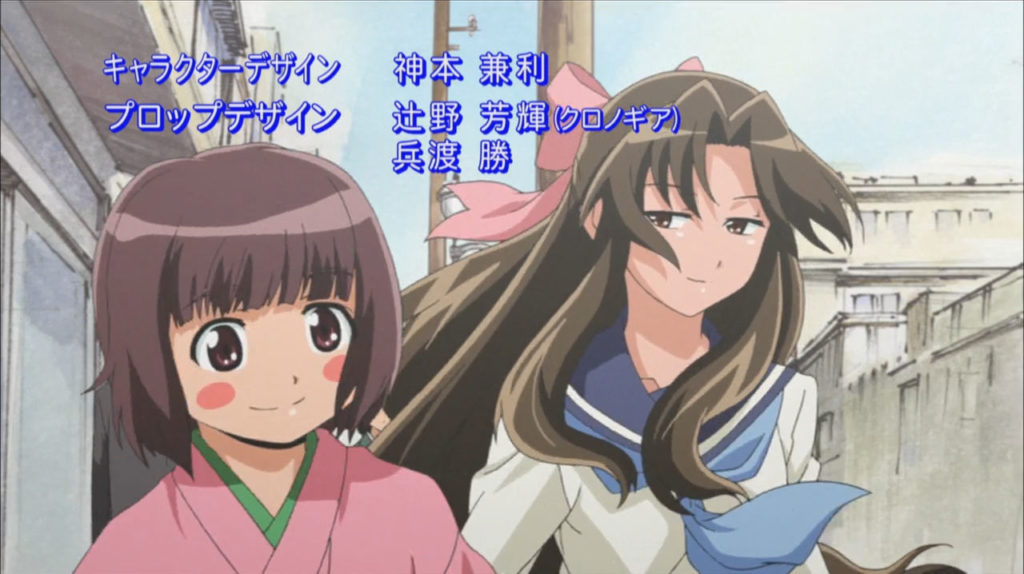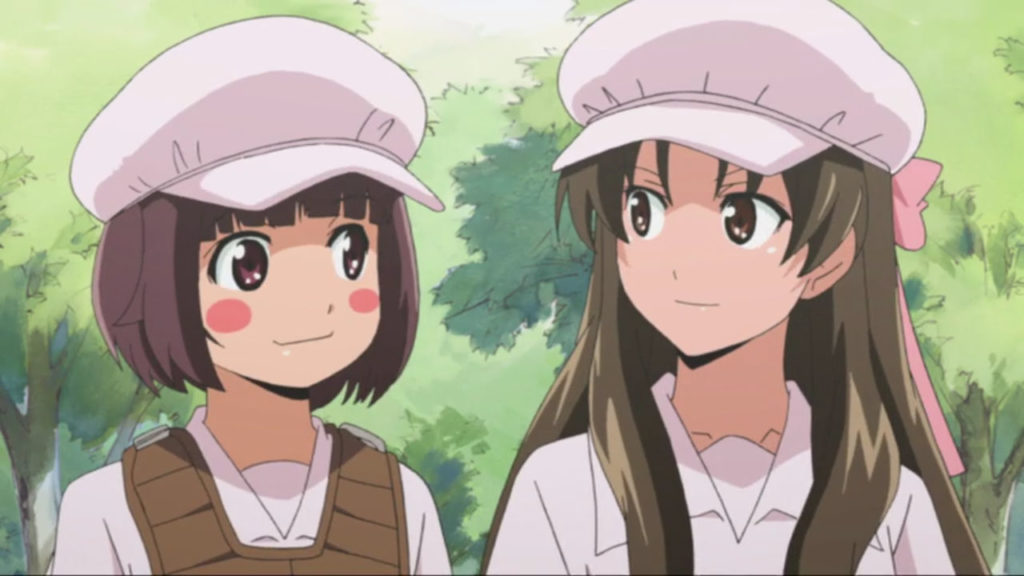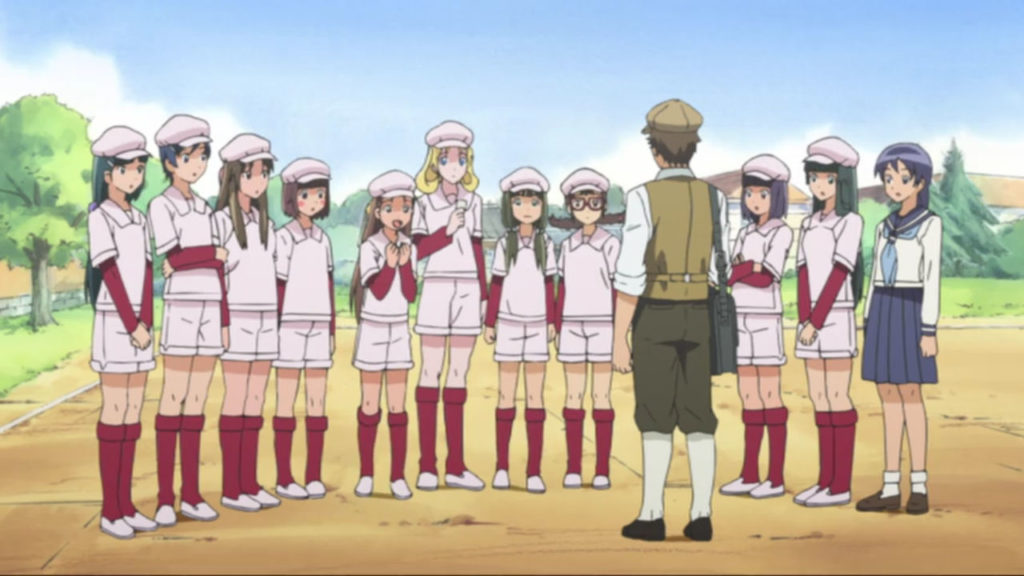You get what you pay for with a show called The Girl I Like Forgot Her Glasses
by Bob Johnson
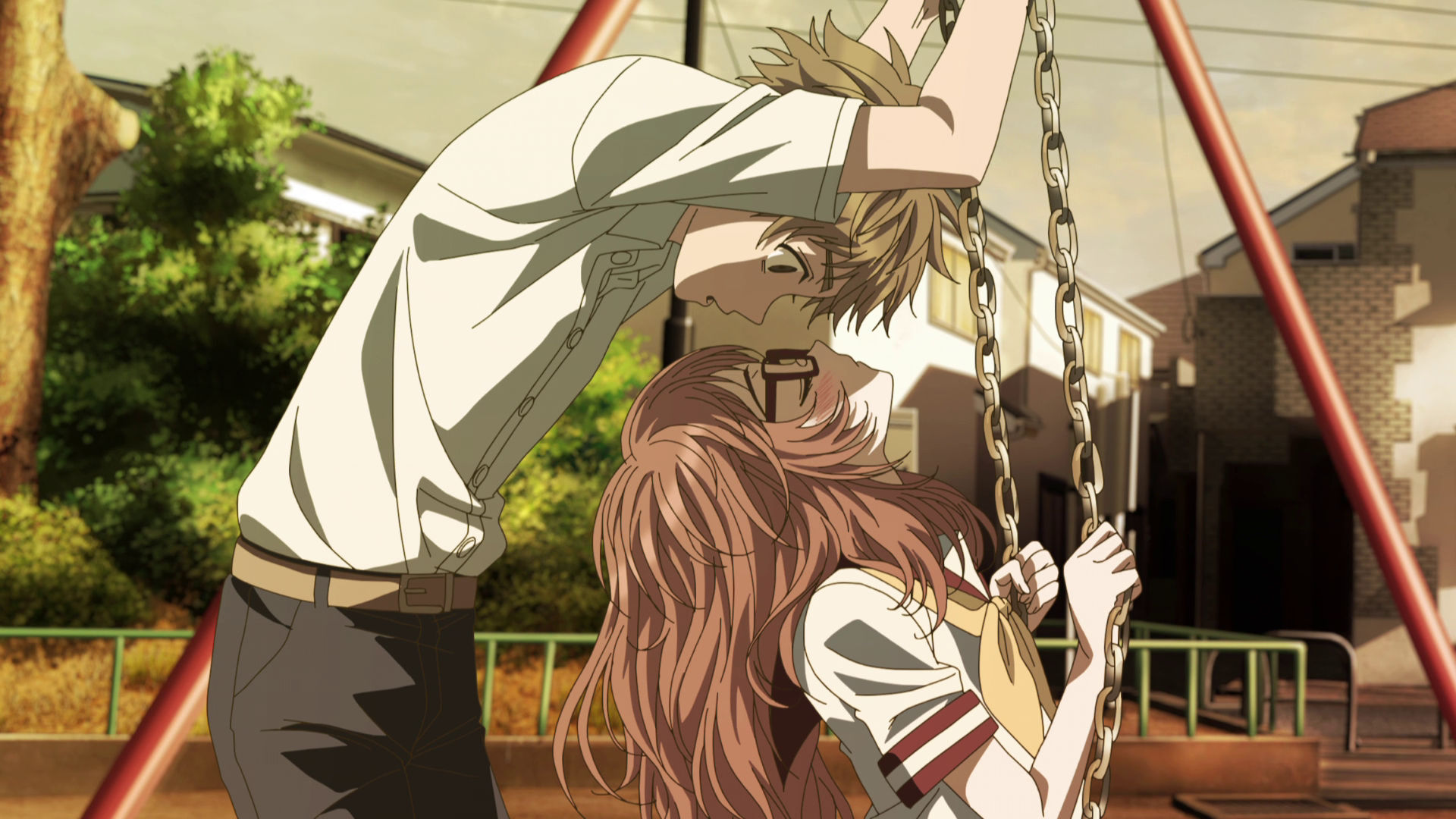
If you’re sold on the title, then yes, this show will deliver! For the rest of you, starting with the folks far to the other side of the fence, let me remind you of the tried and true fandom advice of “don’t harsh the squee” – a good reminder for any fevered debate, let alone during this hot, hot Summer 2023.
Meganewasu is about a girl… and a guy. For shonen anime, these are not your traditional stars of the show. They’re not motormouths leaping through memetic scenes with finger Vs in the air. There’s no lightning-fast combat, merchable props, or magic cats. It’s just two people with fee~fee~s and a lot of shyness and introspection.
If this was any other show, this would be the B plot. When they interrupt the samurai space battles just to cut to two randos dithering about their hormones-to-spoken-words ratio, I’m the first to shout “SAY IT! SAY IT!” at the screen. But in this case, there’s nothing to derail. You are not going to get palace intrigue in the teachers’ offices at this school. There’s no army of genki girl mecha pilots. This show is hearts and sugar and fluff all the way down.
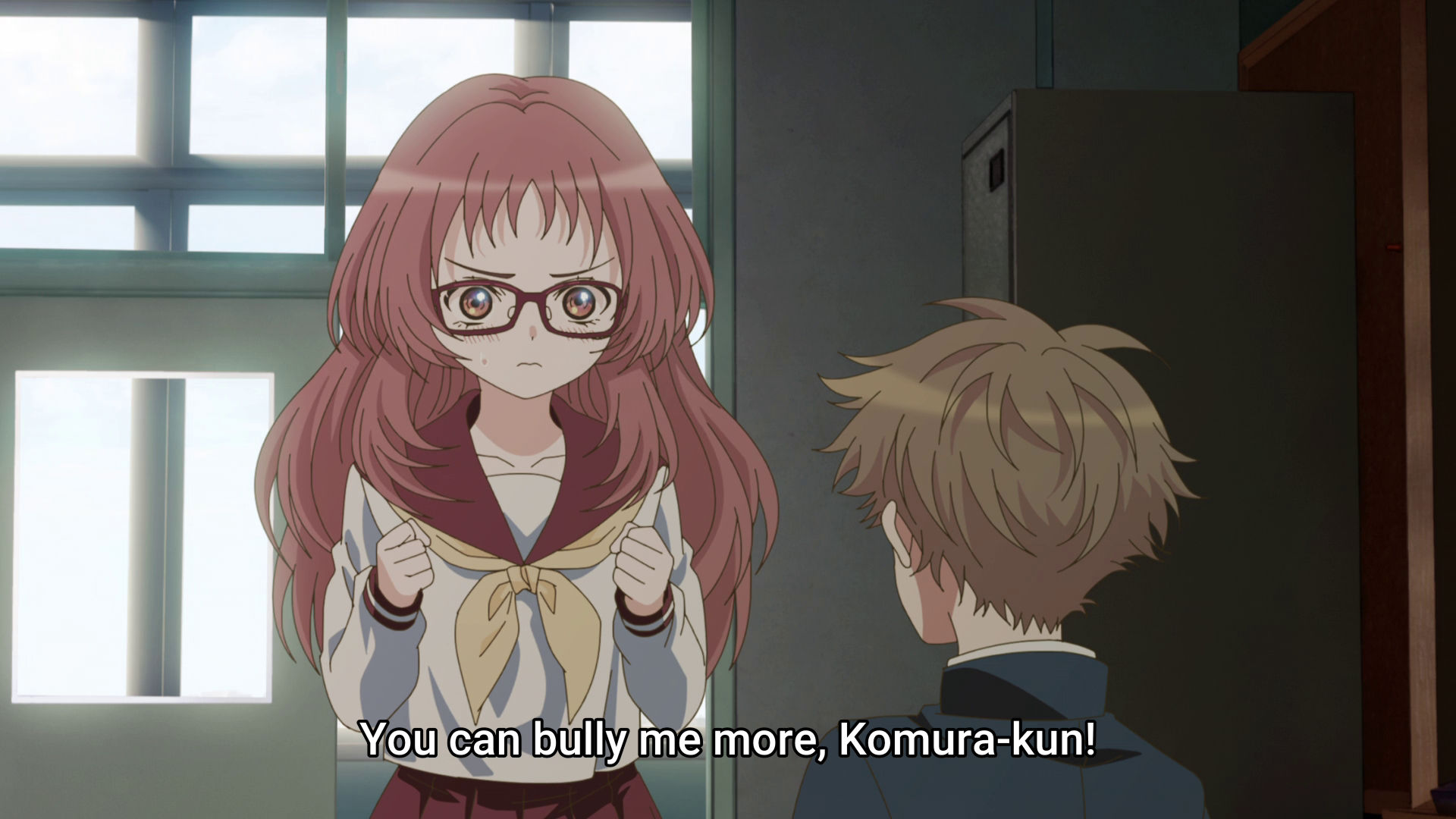
This is one of those “healing” shows I’ve heard so much about, isn’t it? A weekly meditation on the beauty and melancholy of having a crush, seeing the other maybe-or-maybe-not crushing back, while also already knowing better than to pollute the local social network with ill-considered pickup lines. And it feels real, like Fujichika-sensei is a lady who can speak with a sliver of experience, perhaps?
Though even I have been impatient with the show’s glacial pace, I resisted the urge to watch at double speed, which gives the background art plenty of time to shine. Some of it, like the school entryway CG, is a little overused, but it definitely pops. The way the sunbeams catch the dust in the classroom is not something you usually see outside of full-budget movies or the odd KyoAni production. So it does feel a tad off to see the relative disinterest in animating the background characters.
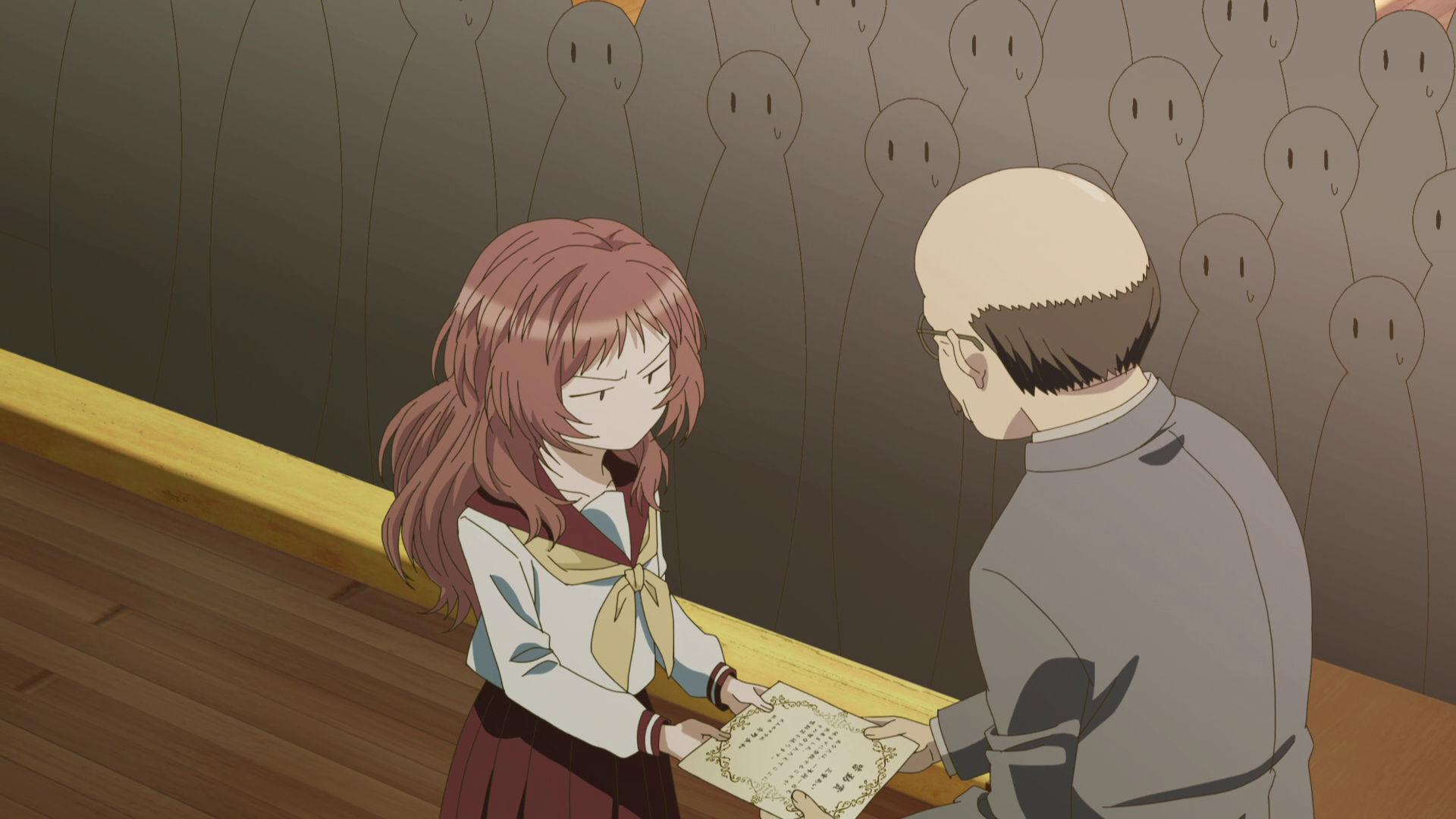
Is this a feast for 100% of anime fans? Certainly not. But what if you’re tired of only getting a slice of romance with your generic shonen show and want the awkward gawpers stuttering at each other to be the whole meal? Well then, this is your ride. It stretches out those moé shojo-ai tropes wide, long, and soothingly around all of those highs and lows felt while aching another millimeter toward a confession.
Maybe Look It Up:
The Girl I Like Forgot Her Glasses (Meganewasu) anime
Based on the manga by Koume Fujichika
Produced by GoHands, Licenced by Crunchyroll
Streaming (press time): Crunchyroll


